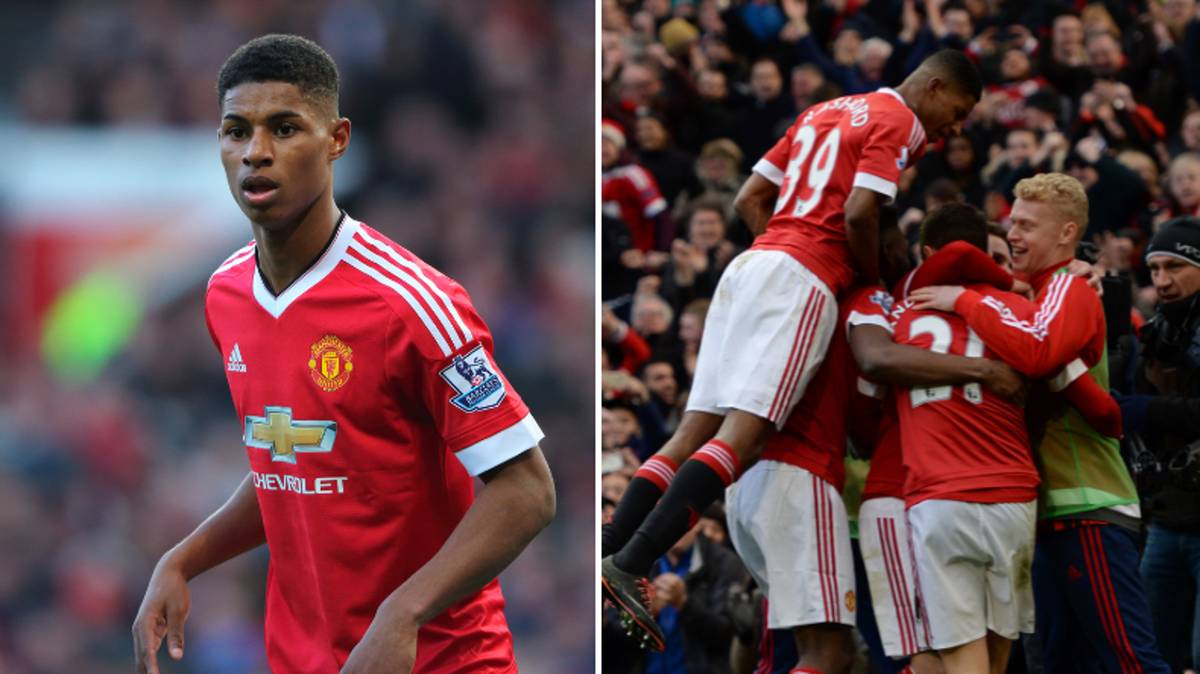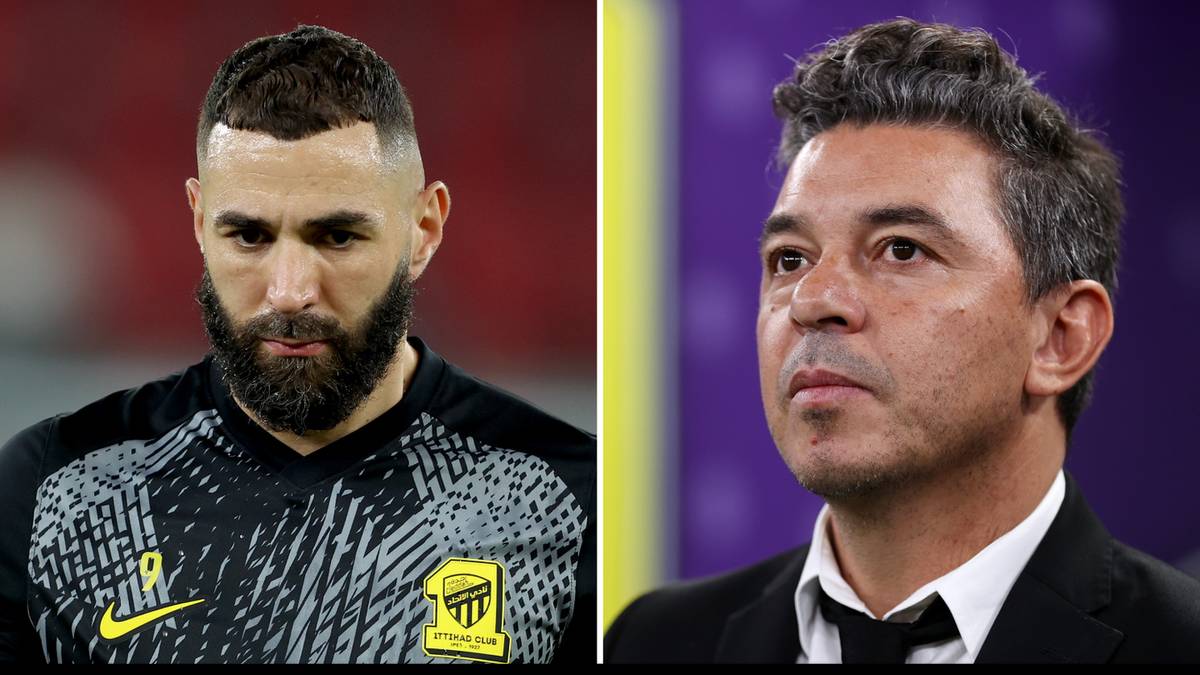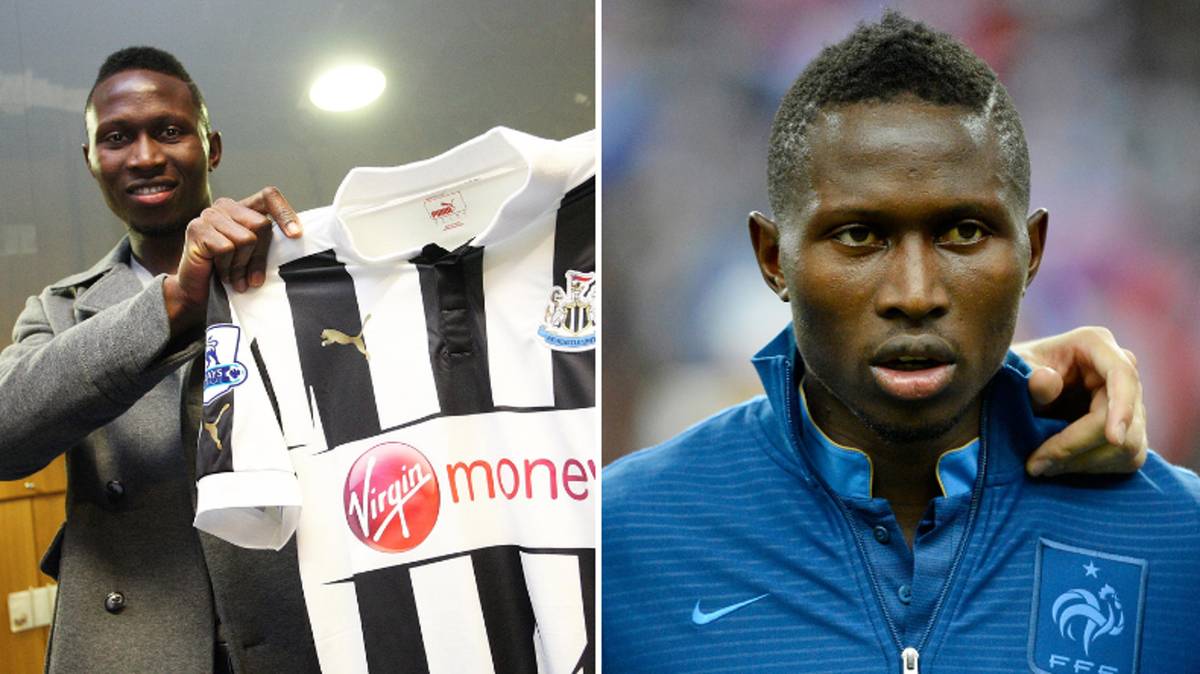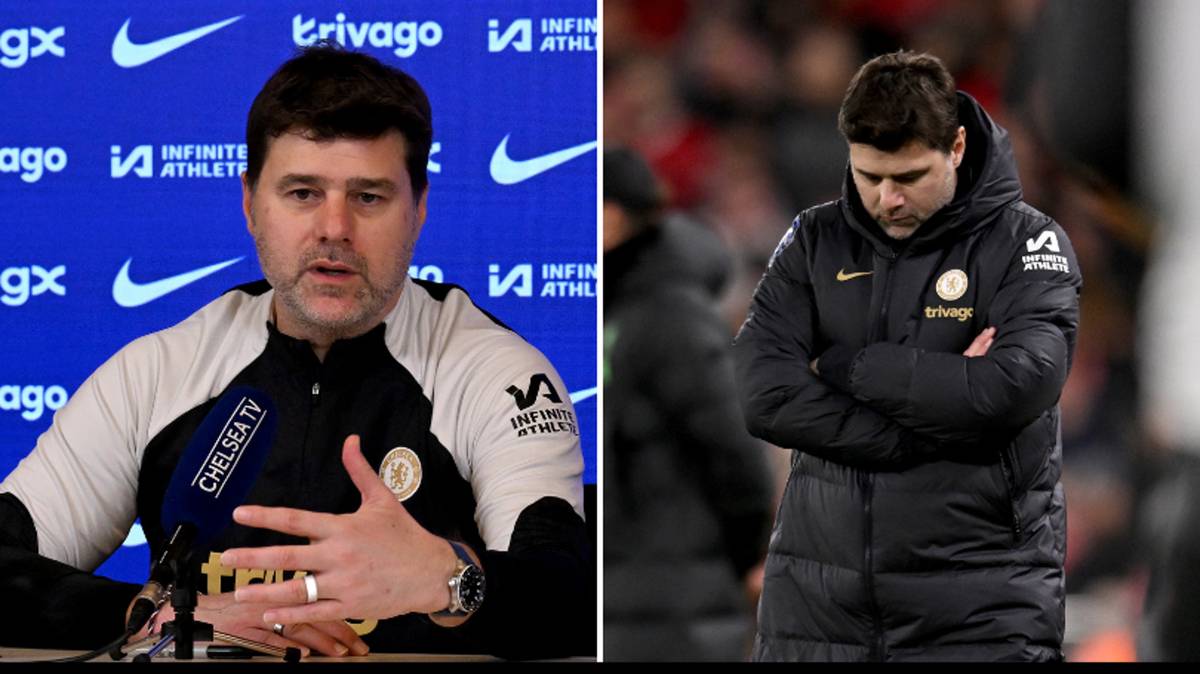
It’s been almost two months now since the Football Index implemented the 1/3 share split, to much fanfare.
Now that the dust has finally settled, I thought it would be a good time to review how the market has reacted in the initial few weeks following the split, and try and predict what the future might hold for the Index.
When the market reopened at 12pm on 26th March 2019 after the split, there was a staggering amount of activity on the market. I happened to be logged into my account in the immediate aftermath of the market re-opening, and it was like watching a light show at the Emirates, with green strips flashing frantically across my screen, as money poured into the Index like there was no tomorrow.
Pretty much all of the top players saw a dramatic increase in share price in the initial aftermath of the split. The King of the Index at the time, Neymar, rocketed up to from about £8.10 per share (£24.30 pre-split) to £8.50 share (£25.50 pre-split) and initially things couldn’t have looked better on the Index.
However, since then the market has slowly regressed, and many of the prices of the top players have fallen away. For example, Neymar is now around £7.75 a share, which is quite a reduction when you consider it now takes 300 shares to affect a share price either up or down by 1p.
This reduction is likely to be due to one of two reasons. One, now that the 18/19 season has all but drawn to a close, some traders will take the opportunity to sell their players and cash in on some of their profits. Secondly, with the season ending and the transfer window opening, some of the money on the safe performance dividend holds shifts on to players who traders believe will mop up media dividends via transfer rumours over the summer.
This of course has nothing to do with the share split itself, and so I think it would be wrong to blame the split for the downturn in prices over the last couple of months. I am confident that once the 2019/20 is up and running in mid-August, the Index will be soaring again.
So, if the split hasn’t caused more money to land on the top players, has it had any impact on the lower end of the market?
To put it simply, yes. I think one major positives of the split is that many players who previously appeared to be too expensive before, instantly became more accessible to traders, particularly those with smaller budgets. Players who used to be £6 a share became available to buy at £2, players who used to be £3 a share were now able to be picked up for £1, and so on.
Although the reality was that traders’ money would be only be very marginally better off, due to the slight increase in returns following the post-split the dividend restructuring, the psychological effect of seeing some of the best young players or household names trading at around the £1-2 bracket has encouraged many traders to either top up on players they already had, or invest in players they didn’t feel they could afford or justify investing in previously.
Index traders who were involved before the split are generally now seeing the share prices as looking ‘cheap’, compared to the prices they are accustomed to seeing. Additionally, new traders without knowledge of the prices before the split, are able to see value in a player with reference to their current price against their potential dividend return.
In my view, the split has helped more money come into the Index, but rather than this money being focused on the top players, generally the money has been invested in the lower end of the market where traders currently feel there is more value and potential returns to be had.
In my two years on the Index there have been a few different trends in the market. Initially, when the Index only offered media dividends, young prospects were considered to be worthless and so traders mostly focused on the established names.
When performance dividends came in, this trend was expected to change. Although it perhaps did initially, fairly quickly traders realised that performance dividends were extremely difficult to predict and therefore win consistently, so many traders looked to double up on the ‘safe’ media dividend winners they already held but who could now also provide the odd performance buzz win too.
However, when the Goal & Assist dividends came, a new trend started to emerge. Instead of spending large amounts of money to get a few shares in a ‘safe hold’, many traders were now essentially giving up chasing a few pence in dividends and instead investing in cheap players with future potential, with a view to making money through capital appreciation.
This strategy was initially rubbished by the holders of the established ‘blue chip’ players, however eventually so much money was being placed on young players with future potential that the biggest portfolio holders could no longer ignore this trend. This period saw players like Jadon Sancho and Callum Hudson-Odoi shoot from around £2-3 a share to £9-£10 a share in a matter of months, before the split.
So now, after a little over 3 years since the birth of the Index, we have reached the point where there is fairly decent spread of money across the whole of the Football Index market. Whilst this makes it trickier to find ‘value’, I believe there is still plenty of money to be made on the Index, just more thought and patience is required.
In terms of the future of the Index, I believe that money will always be invested into the market, as long as traders see value and of course potential for making decent returns. And, when eventually the Index reaches a similar situation again where the prices are considered to be too high to present value, then I suspect the Index would just implement another share split and start all over again.



